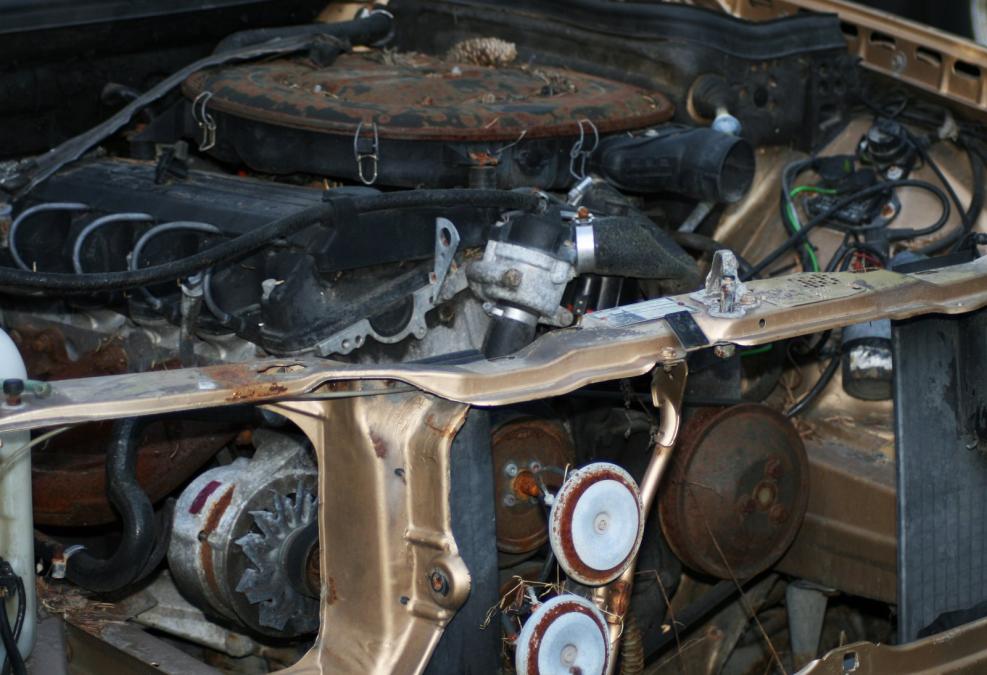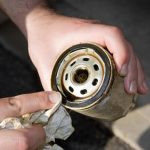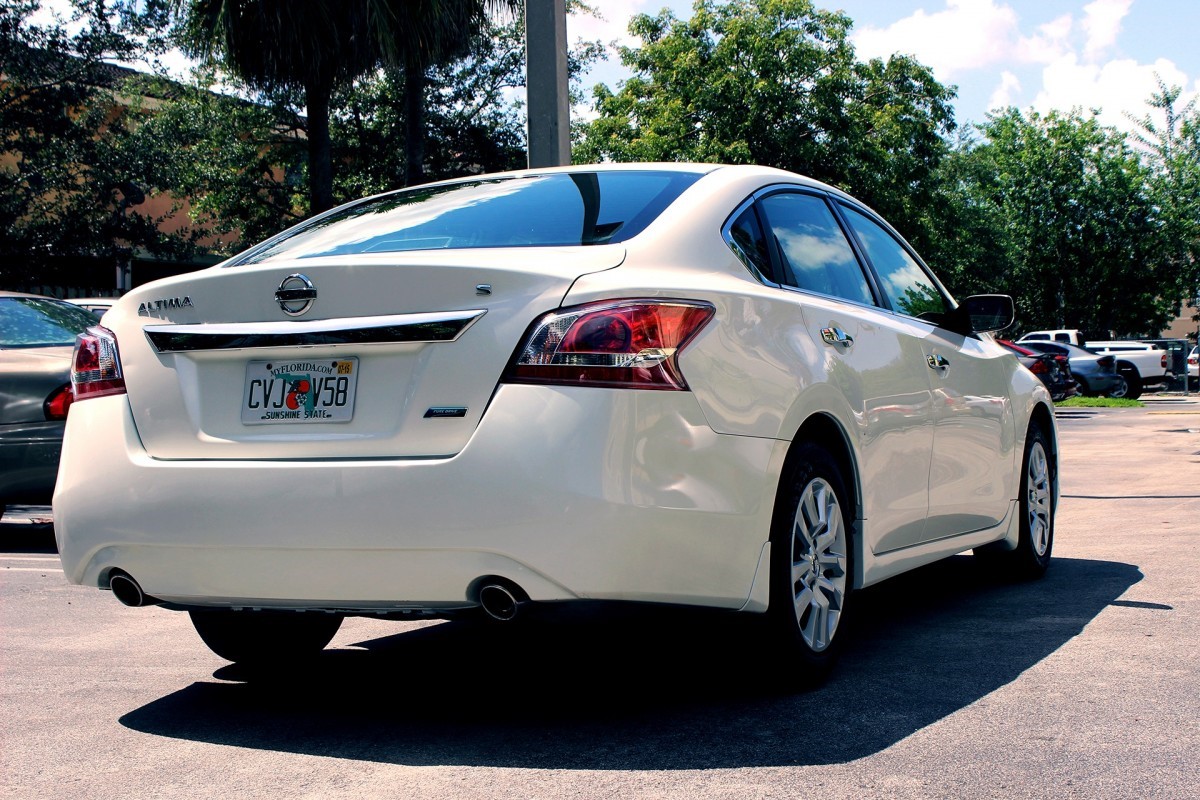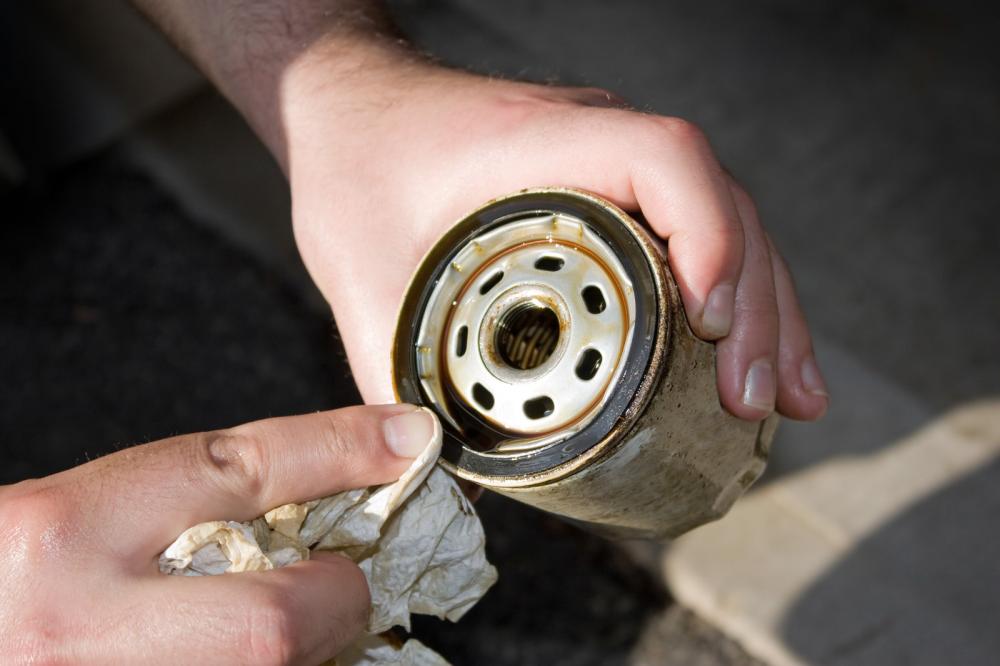The radiator plays an essential role in keeping your classic car in Fremont running in optimum conditions. An average classic car radiator will go through many problems in its lifecycle, overheating is the least of them. Problems with the radiator can be prevented with the help of regular checks and maintenance at least twice every year.
While it isn’t easy to catch problems with the radiator, there are certain telltale signs you should look for. These are as follows.
1) Leaking Coolant
The coolant is one of the key components that keep the engine at an optimum temperature. If you notice that the coolant is dripping onto the ground underneath the car, it’s a sign that your car’s radiator is in need of repairs. This behavior will normally persist throughout all conditions, whether you’re driving or staying idle. The radiator has most probably cracked and you might need a new replacement.
2) Overheating Engine
It is common for the car to overheat, especially when you’re driving long distances. But if the overheating persists throughout all driving sessions, it is an indicator of a problem with the radiator. If you address this issue immediately, you might just be able to pinpoint the cause and root it out before it graduates into a more serious problem that requires expensive repairs.
3) Thick Radiator Sludge
Normal color patterns for radiator coolants are yellow, red or green. Older radiators cause coolants to change color to a rusty palette that eventually turns into a thick sludge. The discolored coolant can damage the radiator because it clogs the engine and doesn’t drain properly. Two common ways for the radiator sludge to accumulate is lack of radiator maintenance or accidental mixing between oil and coolant.
Allowing the radiator sludge to stay in the engine for extended periods of time can and will cause extensive damage to the engine, which will either require repairs or outright replacements, both of which are expensive.
4) Low Levels of Coolants
Most radiator coolant levels don’t change in the case of new cars for the first 60,000 miles or so. But in the case of classic cars, low coolant levels can be a real problem. There are several possible culprits that could plummet coolant levels, including:
- Worn out sensors that give inaccurate readings, triggering the coolant light on the dash.
- Trapped air bubbles
- Damaged radiator caps that are unable to contain the coolant.
- A blocked radiator that causes coolant levels to rapidly decline.
5) Accumulation of Radiator Rust
Most radiators are susceptible to rusting because they are manufactured from metal. Even modern variants are comprised of metal with the exception of the top, which is plastic. Exposure to moisture causes a buildup of layers of rust over the metal parts. This is easy to identify by simply taking a look at the engine to see signs of rust. If you spot a brown color, you may have accumulated rust throughout the radiator.

Looking for a radiator for your classic car in Fremont? At ENGG.com, you can find just the part you wanted and more. Click here for more information.
Want to find rare classic car parts for your vintage automobile? Call us at this number + 1-650-230-8081 or visit our website at engg.com.
You can email at info@engg.com to contact ENGG.




